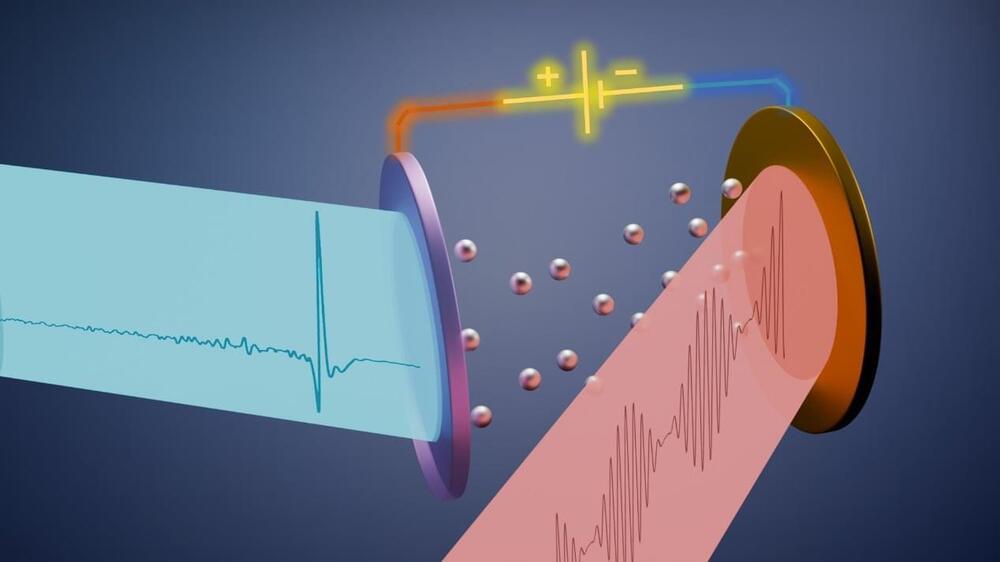New research explores the Cherenkov effect where superluminal speeds generate radiation and discusses new research using this principle to create terahertz radiation for advanced imaging and radar applications.
When charged particles travel through a medium at a speed greater than the phase speed of light in that medium (a phenomenon known as superluminal speed), they emit radiation. The resulting radiation forms a conical pattern. This phenomenon, known as the Cherenkov effect, has numerous fundamental and practical applications. The explanation of this effect earned the Nobel Prize in Physics in 1958.
The oblique incidence of light on the interface between two media is a similar phenomenon; in this case, a wave of secondary radiation sources is formed along the interface, which propagates at a speed exceeding the phase speed of light. The refraction and reflection of light from an interface is the result of the addition of the amplitudes of waves from all sources formed during light incidence.
